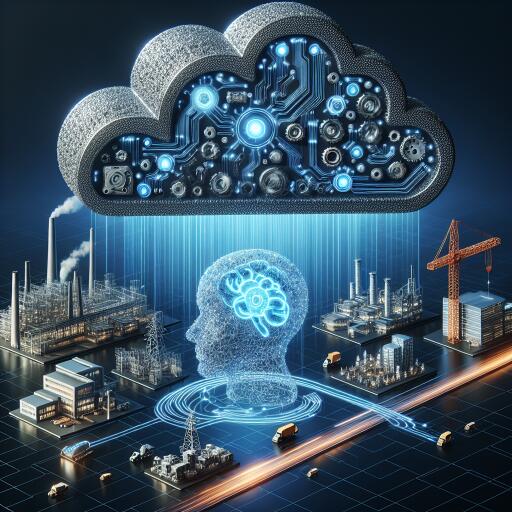Huawei Cloud: Thrive with the Cloud and Reshape Industries with AI
In a significant move within the tech industry, Huawei’s Executive Director and CEO of Huawei Cloud, Zhang Ping’an, made a compelling case for the future of artificial intelligence (AI) during his keynote speech at HUAWEI CONNECT 2024. Titled “Thrive with the Cloud: Reshaping Industries with AI,” Zhang’s presentation underscored the imperative of embracing an AI-native mindset for businesses aiming to excel in the intelligent era.
Embracing AI at the Core
Zhang posited that in order for businesses to build a sustainable competitive edge, adopting AI comprehensively is essential. Highlighting progress in AI adoption, he pointed out that the Huawei Cloud Pangu Models have now found applications across more than 30 industries, enriching over 400 scenarios. This indicates a substantial move toward making AI an intrinsic part of enterprise operations.
The crux of Zhang’s message was the pressing need for companies to build enterprise AI platforms tailored to their core business functions. By leveraging AI, businesses can unlock unprecedented efficiency and innovation within their respective industries.
AI Computing Power and Data Quality
The emphasis on AI computing power was another cornerstone of Zhang’s speech. He introduced CloudMatrix, a breakthrough initiative by Huawei Cloud aimed at redefining cloud infrastructure. Through interconnecting heterogeneous computing resources like CPUs, NPUs, and DPUs into a coherent matrix, CloudMatrix is poised to offer unparalleled AI computing capabilities to enterprises.
Zhang didn’t stop at computing power. He argued that the quality of data plays a vital role in the efficacy of AI models. To this end, Huawei Cloud has upgraded its DataArts platform. With enhanced features such as AI+data convergence engines and knowledge-centric data foundations, the platform is designed to streamline data for AI applications, ensuring that models are fed with high-quality, relevant data.
AI Model Innovation
Addressing the trend toward continuously expanding AI models, Zhang urged a strategic approach. He emphasized that not all enterprise needs can be met with a one-size-fits-all model, leading to the introduction of the Pangu Models 5.0. These models vary significantly in size, catering to a wide array of business applications, thus debunking the notion that larger models are inherently better.
In a notable advancement in AI, the new Pangu 5.0 models have improved capabilities in spatiotemporal controllable generation, particularly in automating driving simulations. This enhancement allows for the generation of highly realistic driving scenarios, thereby bolstering the efficiency of autonomous driving training programs.
Cloud Solutions for Mainframe Migration
Huawei Cloud unveiled its Mainframe-to-Cloud Solution, a testament to its dedication to supporting customers in their digital transformation journeys. Aimed at delivering financial-grade high availability, this solution signifies a shift toward more resilient, agile, and maintainable core cloud systems.
Additionally, Huawei’s digital transformation journey was highlighted by Tao Jingwen, who detailed a methodological approach encompassing three layers, five phases, and eight steps. This process aims to optimize intelligent applications continuously through a structured framework.
AI’s Role in Cloud Evolution
Bruno Zhang, CTO of Huawei Cloud, shared insights on exploiting AI to evolve data centers, infrastructure, and cloud services. The unveiling of the “1+N” Pangu assistant system by Zhang marks a leap in cloud service interactions, integrating AI into a plethora of scenarios ranging from R&D to security, thereby enhancing cloud efficiency and service delivery.
As the world steps more decisively into the intelligent era, Huawei Cloud’s initiatives underscore a pivotal shift towards an AI-native future. This strategic direction not only promises to redefine how industries operate but also sets a new benchmark for innovation and efficiency in the cloud domain.










